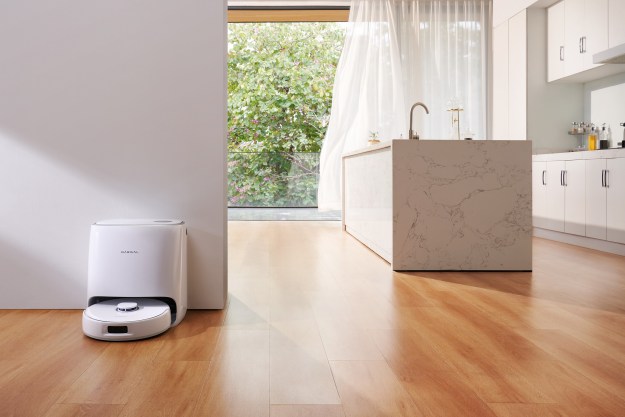A new study commissioned by content-acceleration provider Akamai Technology and conducted by JupiterResearch claims that the average online shopper will wait as along as four seconds for a page to load before potentially abandoning an online retailer. And, besides prices, what was the most-cited factor contributing to poor online shopping experiences? Long load times.
“The critical takeaway from this research is that online shoppers not only demand quality site performance, they expect it,” said Brad Rinklin, Akamai’s VP of marketing, in a release. “Four seconds is the new benchmark by which a retail site will be judged, which leaves little room for error for retailers to maintain a loyal online customer base. Site performance becomes even more critical as retailers add more dynamic content and applications to their site.”
Of course, the results are nicely self-serving for Akamai: the company’s business is caching its clients media and content across a distributed network of servers and pumping that content to visitors as fast as possible. Akamai says its customers include “over 65” of the Internet Retailer Top 500‘s 100 leading online sellers. (We wonder if “over 65” is a fancy marketing term for “66”—we admit to occasionally dozing during AdSpeak 101.) And we’re betting if the report found customers are routinely willing to wait a few minutes for an online retailer’s pages to load—a pretty darn common experience in these parts—we probably wouldn’t be hearing about the study at all.
To formulate the report, JupiterResearch compiled survey results from 1,058 online shoppers during the first half of 2006. (And again, we’re scratching our heads: how long it could have taken a major research firm like JupiterResearch to survey a thousand online shoppers?) The study found that over one third of shoppers simply give up on slow-loading sites, while a whopping 75 percent said they were not likely to come back to a site which gave them a poor online experience. The study also found 30 percent of customers who are dissatisfied with a site’s performance either develop a negative perception or a brand or tell their friends and family what a crappy time they had. The conclusion? Slow online retail sites have lower overall sales, while quick-loading sites encourage customer generate customer loyalty, especially for high-spending shoppers.
The complete study is available for free from Akamai, but the curious will have to supply a wealth of demographic information to access it. We’re sure Akamai is aware that’ll take more than four seconds.


